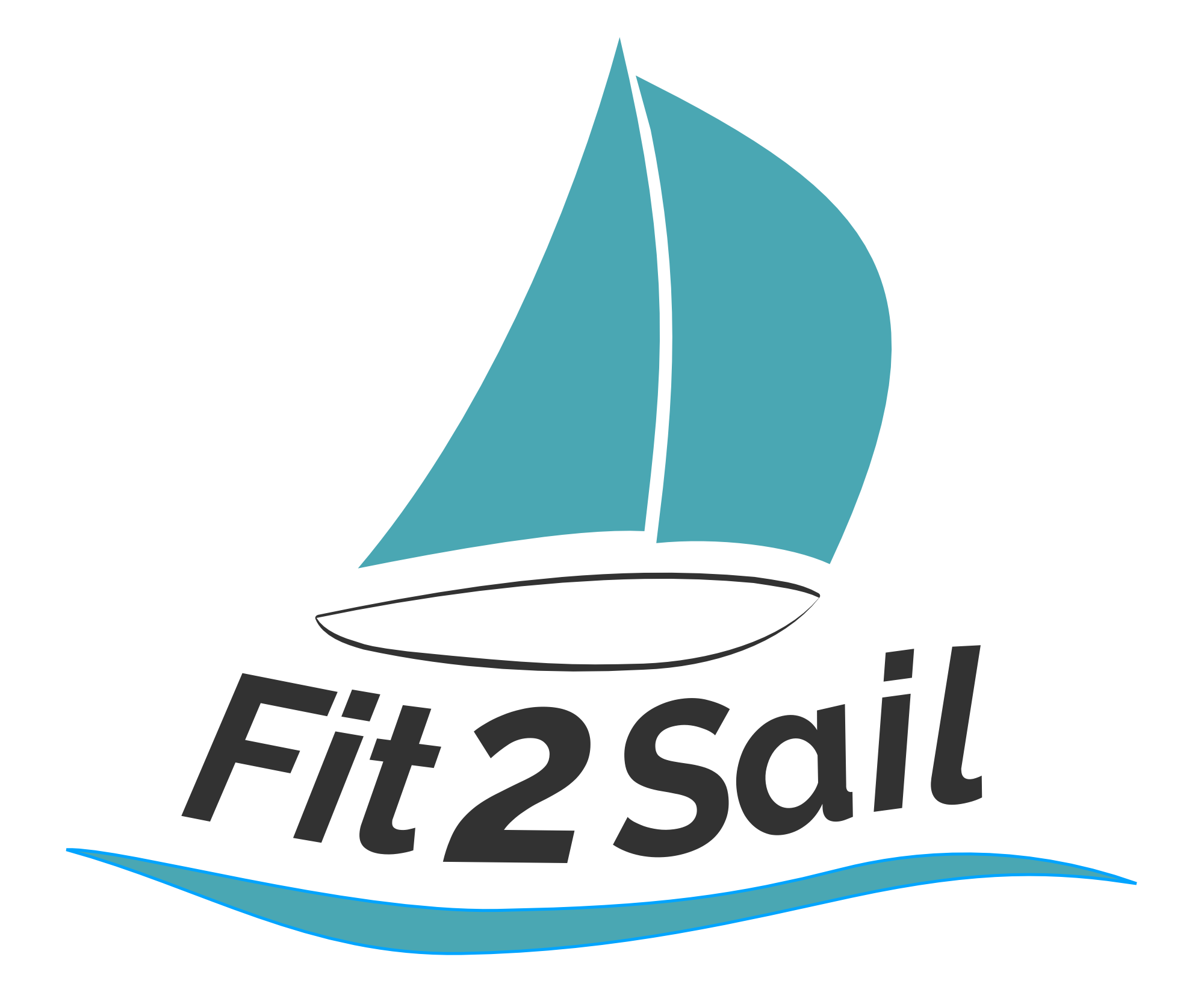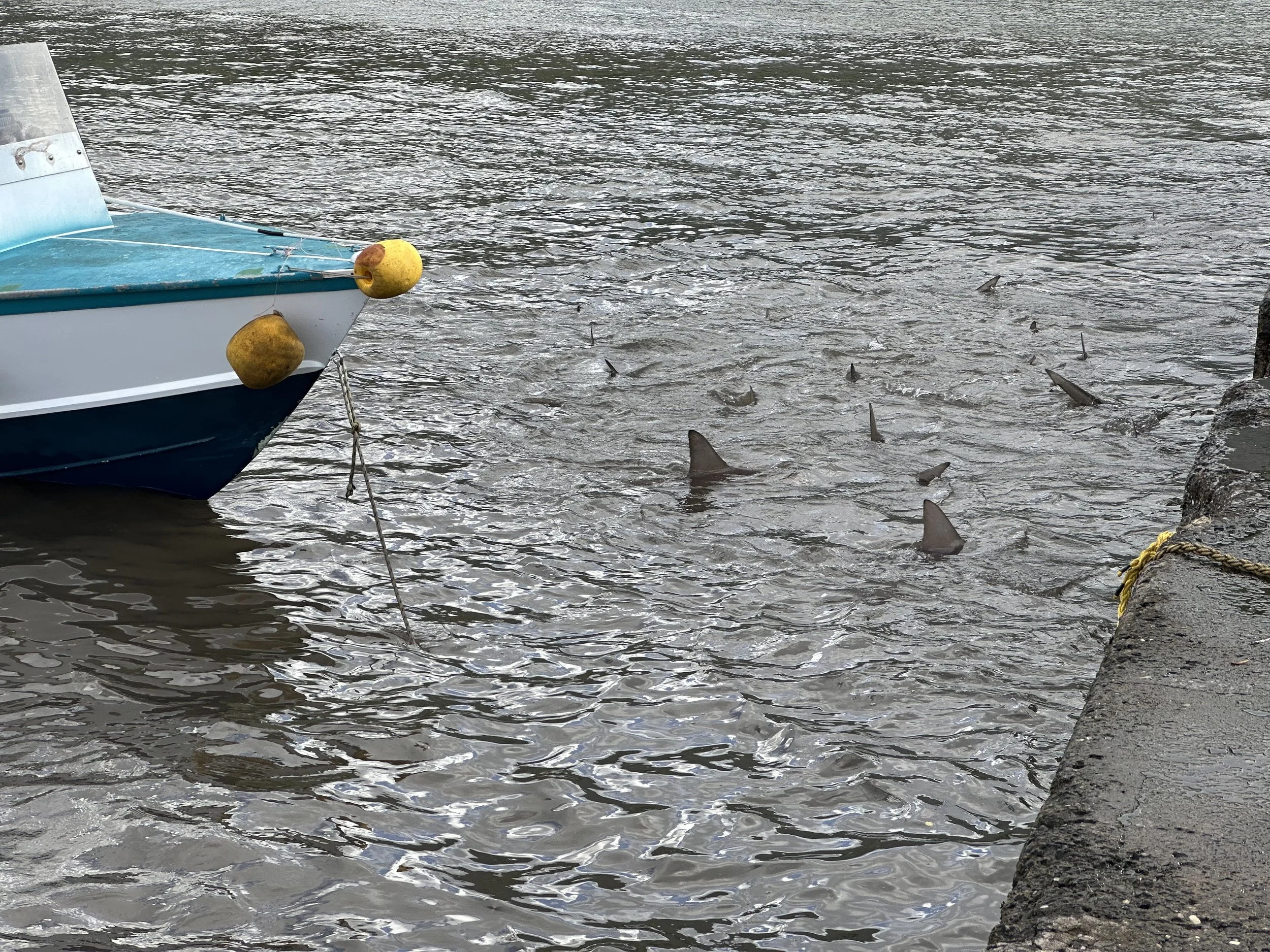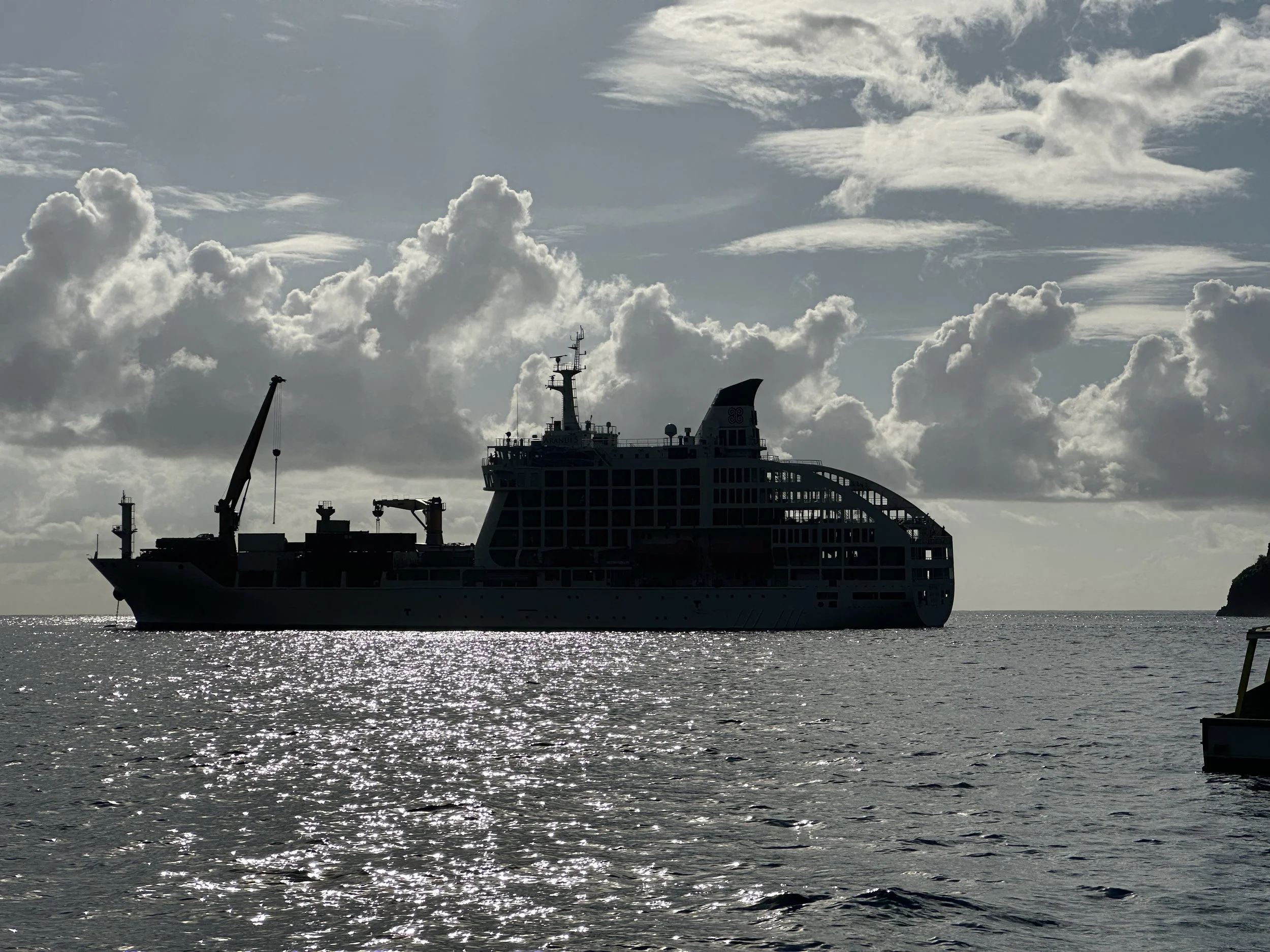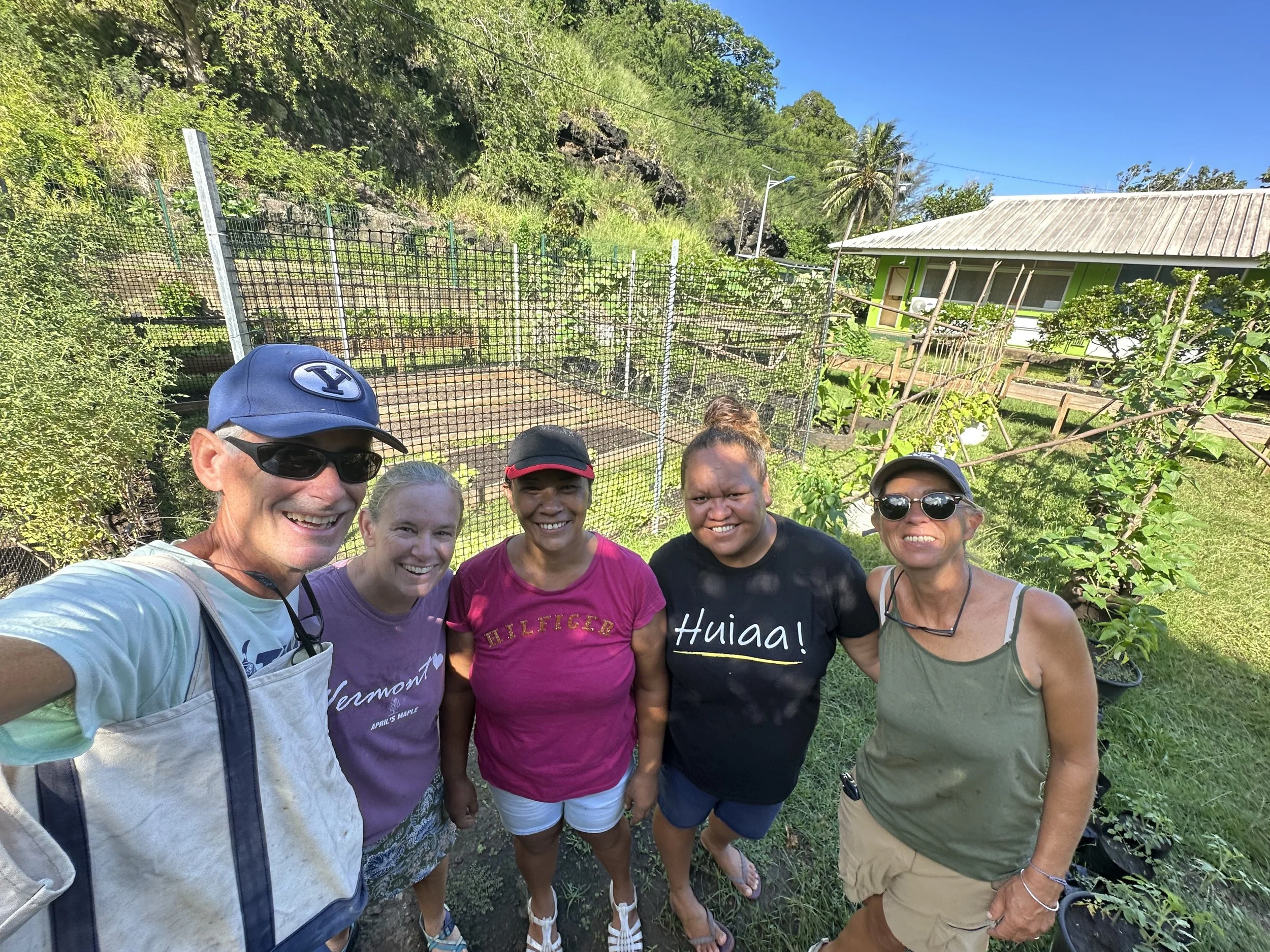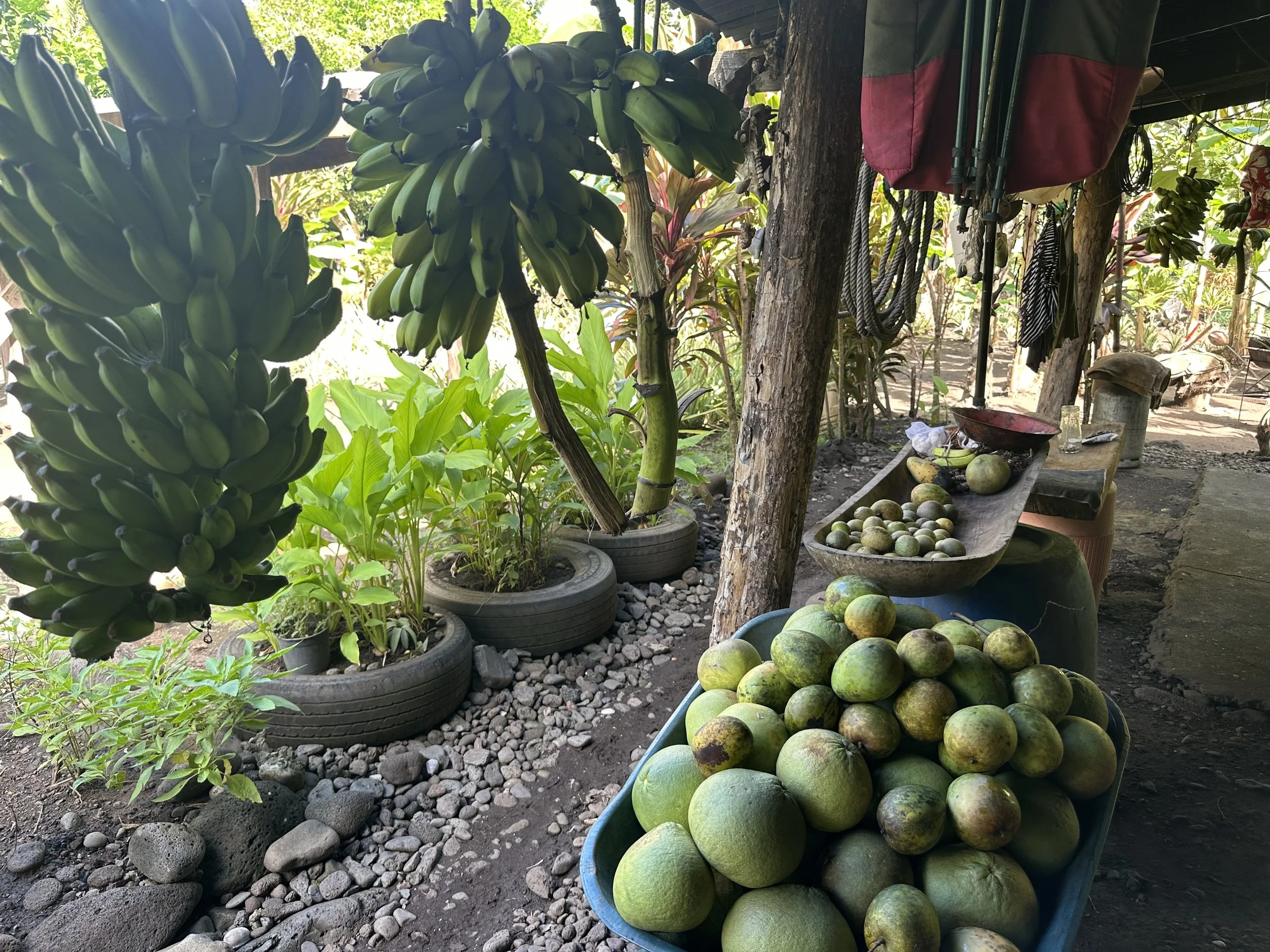Grocery Shopping, Marquesas Style
We’ll be the first to tell you we haven’t exactly been moving quickly since arriving in French Polynesia on April 2. We’re almost 2 months in (when many are 2/3 of the way through their total time in this nation) and have spent time on exactly 3 different islands, in exactly 7 different anchorages. That’s a lot of not-moving-fast. The pace feels pretty good, although we are getting a little itchy to have some different scenery. How lucky are we that we get to choose what kind of beauty we’re surrounded by . . .
The approach to Daniels Bay, Nuku Hiva
The boat is well-stocked in general with longer term staples, including things like dried beans and canned tomatoes - it’s amazing how much of that kind of stuff you can stock on board. We’re still working on onions and garlic from Panama too. Other things? Yeah, we need to replenish our supplies.
Sharks at the fresh fish market, Taiohae Bay, Nuku Hiva
Access to groceries in the Marquesas has, in general, been better than I was expecting. Sure, it’s expensive, but you can find almost anything non-perishable, even my much-loved Skippy peanut butter. Chinese ingredients are in even the smallest stores. Pasta, rice, flour. Spaghetti sauce. Powdered milk and canned butter from New Zealand. Pay attention to anything with a red price tag as those are items that are subsidized (and therefore more economical), though I think the price would probably clue you in. Any subsidized food appears to be the same price no matter where you’re buying it, but that might just be my luck of the draw so far. (A bag of Anchor brand powdered milk was the exact same price at the “big” stores in Atuona, Hiva Oa and Taiohae Bay, Nuku Hiva - and also at the tiny stores in the villages of Hatiheu, Nuku Hiva, and in Vaitahu on Tahuata.)
Store hours at one of the magasins in Taiohae Bay. Slightly cryptic.
We’ve found that access to grocery items here comes in 3 ways. There are the “magasins”, more official stores that have items typically found in grocery stores in the US. Canned goods. Frozen items. Maybe a dairy case with milk and whipping cream (cartons of long-life whipping cream seem to feature prominently in every store), cheese and sausage. In these stores that are almost grocery/hardware/department stores, you can find toothbrushes and electric kettles and pareos as well as French cornichons and jars of pate.
These stores are in every village we’ve come across so far. Chest freezers, some with transparent lids and others more like the ones you might buy as a supplement in your basement, line the edges of the store, and if you want meat of any kind you’ll be poking your head into each one of them. Availability of fresh produce varies depending on how recently the resupply boat was there; many of the stores do not have a fridge in which to store any fresh fruits or veggies.
One of the supply ships, doubles as a cruise ship
After the magasin, there is the fresh market. This is akin to a farmers market, where numerous vendors sell their wares. We’ve only come across one of these, in Taiohae Bay on Nuku Hiva. Getting there early (as in before 7) gives you access to more “exotic” offerings like tomatoes or lettuce (called “salade” here.)
Breadfruit, mangoes, and bananas. Ooh still some cabbage left too!
And our personal favorite way to get access to fresh fruits or veg? Find a local farmer or backyard grower who wants to sell you things fresh from the garden. Every place we’ve been so far, with the exception of Taiohae Bay, we’ve managed to find someone who’s interested in selling you their goodies. Tahuata. Anaho Bay. Daniels Bay. Not only do we get extremely fresh produce, but we get a chance to meet the people who are growing it.
With Gisela and Imelda from Vaitahu, Tahuata (and our friend Barbara from the boat MedioVaS)
Kua, at Daniels Bay, Nuku Hiva, picked these fruits for our perusal while we were hiking to the waterfall.
Now. What’s for dinner?
A couple of notes:
The magasin may or may not take a credit card for payment. Each is different.
The fresh market and the individual farmers will not take credit cards. Cash only.
I don’t think bargaining is a thing here.
Even the individual growers might have only set hours they are open for business. You might have to go back a couple of times to be able to shop.
Bring your own bags. The magasin might offer you a box to carry your stuff if you don’t have one.
Many of the veggies at the fresh market are offered in pre-priced bundles in separate plastic bags. Choosing your own might not be possible.
